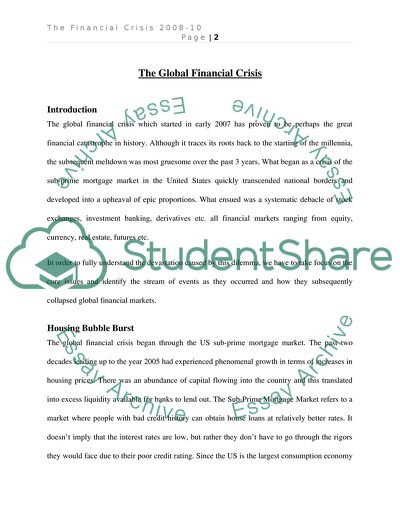Cite this document
(Financial Crisis in the U.S. 2008-2010 Research Paper, n.d.)
Financial Crisis in the U.S. 2008-2010 Research Paper. Retrieved from https://studentshare.org/macro-microeconomics/1745368-financial-crisis-in-the-us-2008-present
Financial Crisis in the U.S. 2008-2010 Research Paper. Retrieved from https://studentshare.org/macro-microeconomics/1745368-financial-crisis-in-the-us-2008-present
(Financial Crisis in the U.S. 2008-2010 Research Paper)
Financial Crisis in the U.S. 2008-2010 Research Paper. https://studentshare.org/macro-microeconomics/1745368-financial-crisis-in-the-us-2008-present.
Financial Crisis in the U.S. 2008-2010 Research Paper. https://studentshare.org/macro-microeconomics/1745368-financial-crisis-in-the-us-2008-present.
“Financial Crisis in the U.S. 2008-2010 Research Paper”, n.d. https://studentshare.org/macro-microeconomics/1745368-financial-crisis-in-the-us-2008-present.


